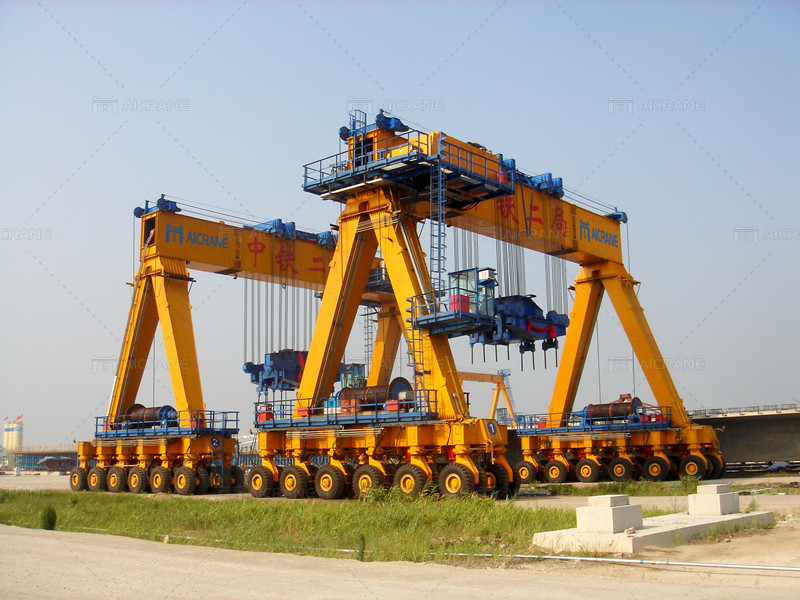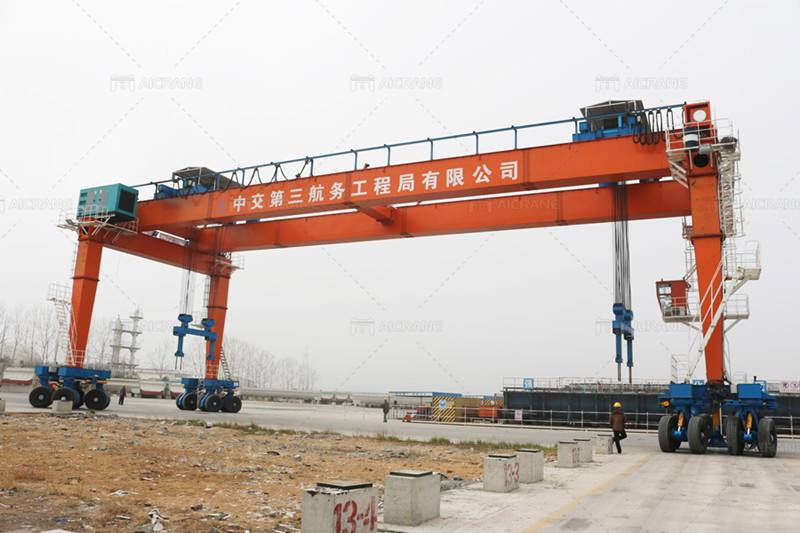Cutting straddle carrier costs is a strategic endeavor that requires a comprehensive approach involving various factors such as procurement strategies, operational efficiencies, maintenance practices, and supplier negotiations. Straddle carriers are essential equipment used in container handling operations at ports, terminals, and logistics facilities. Lowering the cost of straddle carriers can lead to significant savings and improve competitiveness. In this passage, we will explore several strategies and tactics for cutting straddle carrier costs effectively.

Optimize Procurement Process
Streamline the procurement process by conducting thorough market research, identifying reputable suppliers, and leveraging competitive bidding. Solicit quotes from multiple vendors and compare pricing, technical specifications, delivery timelines, and after-sales support. Negotiate favorable terms and seek discounts based on volume orders, long-term contracts, or bundled purchases.
Standardize Specifications and Features
Standardizing the specifications and features of straddle carriers can help reduce costs by eliminating unnecessary customization. Define essential requirements such as lifting capacity, stacking height, chassis dimensions, propulsion system, and safety features upfront. Avoid over-specifying or adding non-essential options that could inflate the cost.
Consider Pre-Owned or Refurbished Options
Explore the possibility of purchasing pre-owned or refurbished straddle carriers as a cost-effective alternative to new equipment. Evaluate the condition, maintenance history, and warranty coverage of used units to ensure reliability and performance. Work with reputable dealers or refurbishment specialists to source high-quality refurbished straddle carrier heavy duty gantry cranes at competitive prices.
Negotiate Volume Discounts and Payment Terms
Negotiate volume discounts with suppliers based on the quantity of straddle carrier cranes ordered. Consolidate purchases or collaborate with industry peers to achieve economies of scale and leverage collective bargaining power. Seek flexible payment terms such as extended payment periods, milestone payments, or leasing arrangements to improve cash flow and reduce upfront costs.
Explore Lease or Rental Options
Consider leasing or renting straddle carriers instead of outright purchase. Leasing arrangements can lower initial capital expenditure, provide flexibility in equipment upgrades or replacements, and include maintenance services. Compare lease rates, terms, and buyout options from financial institutions or equipment leasing companies.

Implement Efficient Maintenance Practices
Optimize maintenance practices to prolong the lifespan of straddle carriers and minimize repair costs. Develop a proactive maintenance schedule based on manufacturer recommendations, industry standards, and equipment usage patterns. Conduct regular inspections, preventive maintenance, and timely repairs to avoid costly downtime and extend equipment durability.
Improve Operational Efficiency
Enhance operational efficiency to maximize the value of straddle carriers and minimize overall costs. Implement process improvements, workflow optimizations, and technology upgrades to streamline container handling operations. Invest in training programs for operators and maintenance personnel to enhance skills, reduce errors, and increase productivity.
Explore Fuel-Efficient Technologies
Consider straddle carriers with fuel-efficient technologies or alternative power sources such as electric, hybrid, or hydrogen fuel cells. These technologies can reduce fuel consumption, emissions, and operating costs over the equipment’s lifecycle. Evaluate the total cost of ownership (TCO) including fuel expenses, maintenance, and environmental impact to make informed decisions.
Negotiate Maintenance Contracts and Spare Parts Pricing
Negotiate comprehensive maintenance contracts with suppliers or third-party service providers to ensure cost-effective maintenance and timely repairs. Include preventive maintenance, routine inspections, spare parts availability, and emergency support in the contract terms. Seek competitive pricing for spare parts, components, and consumables to minimize maintenance expenses.
Continuous Supplier Relationship Management
Foster strong relationships with straddle carrier suppliers through open communication, feedback, and collaboration. Engage in ongoing discussions to explore cost-saving opportunities, technology innovations, and value-added services. Build trust, transparency, and mutual understanding to negotiate favorable agreements and long-term partnerships.
In conclusion, cutting straddle carrier costs requires a multifaceted approach encompassing procurement optimization, standardization, negotiation tactics, operational improvements, and maintenance practices. By implementing these strategies and working collaboratively with suppliers, logistics professionals can achieve cost reductions, enhance operational efficiency, and maintain competitive advantage in container handling operations.
